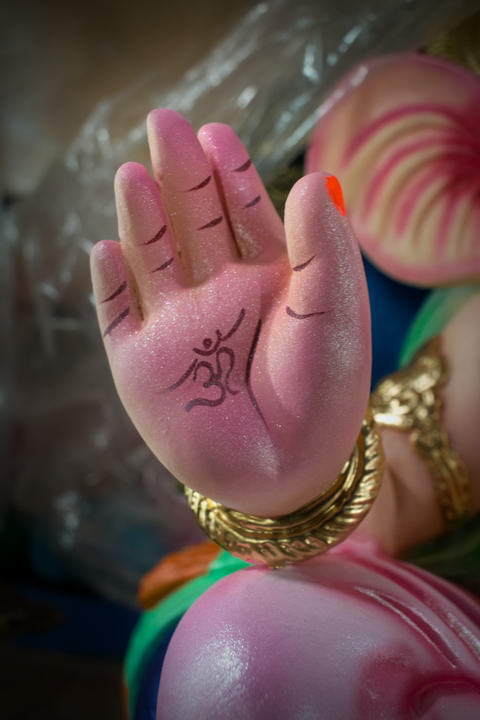Maya: Understanding the Illusion in Vedic Scriptures
In the ancient Vedic scriptures, a captivating concept known as “Maya” is presented—a phenomenon that has intrigued philosophers, seekers, and scholars for centuries. Maya is a complex and profound idea that addresses the nature of reality, illusion, and the interplay between the material and spiritual worlds. In this article, we embark on a journey to explore Maya, its significance, and its portrayal in the Vedic scriptures.
Explore Meditation Retreats & Wellness Retreats
Explore Yoga Retreats with Tejomaia.com

The Nature of Maya
Maya, in Vedic philosophy, refers to the illusion that veils the true nature of reality. It is the illusory power that creates a distortion in our perception, causing us to mistake the transient and impermanent for the ultimate truth. Maya is often depicted as a cosmic force that binds us to the material world, keeping us entangled in desires, attachments, and the cycle of birth and death. Explore Meditation Retreats & Wellness Retreats
Maya as a Mirage
Imagine walking in a desert and seeing a shimmering oasis in the distance. As you approach, the oasis seems to shift and vanish, revealing that it was merely a mirage. Similarly, Maya presents an illusory appearance, enticing us with fleeting pleasures and attachments that, upon closer examination, reveal their impermanence and insubstantial nature.
Maya in Vedic Texts
Maya is mentioned and explored in various Vedic scriptures, each offering a unique perspective on its nature and implications. In the “Bhagavad Gita,” Lord Krishna imparts wisdom to Arjuna, emphasizing the transient nature of the material world and the need to transcend Maya through spiritual realization. The “Upanishads” delve deeply into Maya, probing the relationship between the eternal Self (Atman) and the illusionary world. Explore Yoga Retreats with Tejomaia.com
Escaping the Illusion
Vedic philosophy suggests that by recognizing the illusory nature of Maya and seeking higher knowledge, one can transcend the cycle of birth and death. Spiritual practices such as meditation, self-inquiry, and devotion are advocated as pathways to pierce the veil of Maya and realize the deeper reality beyond appearances.
The Interplay of Maya and Brahman
In the Vedic scriptures, Brahman is the ultimate reality, the source and essence of all existence. Maya, on the other hand, obscures our understanding of Brahman, creating a sense of duality and separateness. Some interpretations suggest that Maya itself is an expression of Brahman’s creative power, a divine dance that allows for the manifestation of the universe. Explore Meditation Retreats & Wellness Retreats

Maya is a profound and enigmatic concept that invites us to question the nature of reality and our perception of the world. In the Vedic scriptures, Maya serves as a reminder of the illusory nature of material existence and the importance of seeking deeper truths beyond appearances. By understanding and transcending Maya, we can journey toward self-realization, unity with the divine, and liberation from the cycle of illusion. The exploration of Maya offers a gateway to profound insights, encouraging us to delve into the depths of our own consciousness and discover the eternal amidst the transient.
Explore Meditation Retreats & Wellness Retreats
Explore Yoga Retreats with Tejomaia.com


